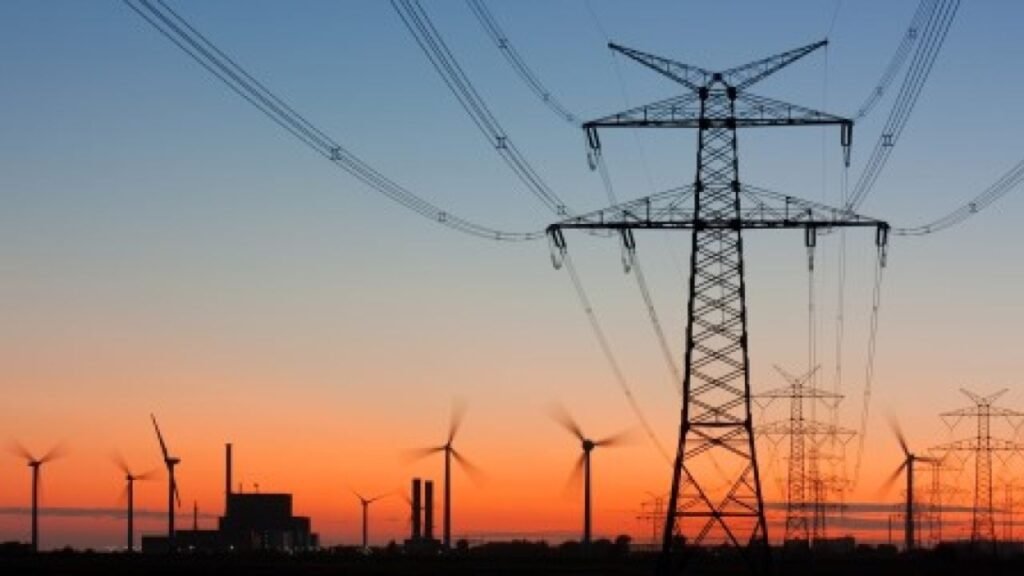As South Africa prepares to enter 2025, a significant rise in electricity tariffs has been announced that will impact households and businesses nationwide. This adjustment, approved by the National Energy Regulator of South Africa (NERSA), is intended to address ongoing challenges within the country’s energy sector. With Eskom, the state-owned electricity provider, bearing the brunt of operational and infrastructure costs, the government aims to stabilize the power grid while managing increasing expenses. Understanding these tariff changes and their consequences is crucial for consumers looking to adapt effectively.
Reasons Behind the Electricity Tariff Adjustment
The main driver for the increase in electricity rates is the escalating cost of maintaining and upgrading the national power infrastructure. South Africa continues to experience persistent energy supply challenges, including frequent load shedding that strains Eskom’s resources. To sustain daily operations, cover rising fuel prices, and fund critical infrastructure repairs, the tariff hike has become unavoidable. Additionally, investment in renewable energy projects and long-term power generation improvements are priorities aimed at enhancing grid stability and preventing future capacity shortages.
Scope and Scale of the Tariff Increase
NERSA has sanctioned an electricity price increase ranging between 15% and 20% for 2025. The exact rate a consumer will pay depends on several factors, such as regional supply differences, consumption levels, and whether electricity is sourced directly from Eskom or through municipal providers. This tiered structure means high-consumption users are likely to face more substantial bill increases, while variations between provinces may affect pricing differently across the country.
Implications for Residential Consumers

For South African households, this rise will translate into noticeably higher electricity bills, particularly for families with high energy usage through heating, cooling, and appliances. Although some low-income households may receive government subsidies or support, the tariff increase poses a financial strain that transcends income brackets. Managing this impact will require households to adopt smarter energy consumption habits and explore ways to reduce dependence on traditional electricity sources.
Effects on Business Operations and Expenses
Businesses, especially small to medium-sized enterprises in sectors like manufacturing, agriculture, and retail, will encounter increased operating costs due to higher electricity rates. Energy-intensive industries face the challenge of rising production expenses that may compel adjustments to pricing strategies or cuts in other budget areas. To remain competitive, many businesses will need to consider alternative energy solutions to mitigate escalating power costs and ensure operational continuity.
Strategies for Managing Energy Costs
Consumers can take proactive steps to alleviate the financial burden of rising electricity prices. Energy-efficient practices such as upgrading to appliances with better energy ratings, unplugging devices when idle, and using smart meters to monitor consumption can significantly reduce electricity use. In addition, transitioning to renewable energy sources, particularly solar power, offers a sustainable method to lower long-term electricity bills despite the upfront investment required.
Encouraging Policy Engagement and Sustainable Solutions
Beyond individual actions, there is value in collective advocacy for improved energy policies. Citizens and businesses can influence fair electricity pricing and better infrastructure development by participating in public forums, petitions, and dialogue with regulatory authorities. Such engagement supports efforts to diversify energy sources and improve the resilience of the national grid, which is essential for preventing future tariff hikes.
Preparing for a Challenging Energy Landscape
South Africa’s electricity tariff increase in 2025 presents challenges for all electricity consumers but also underscores the urgent need for smarter energy use and investment in renewable alternatives. By staying informed and adopting energy-saving measures, households and businesses can lessen the financial impact of higher electricity costs. Ultimately, these efforts contribute to a more stable, sustainable energy future for South Africa, balancing immediate needs with long-term resilience.

